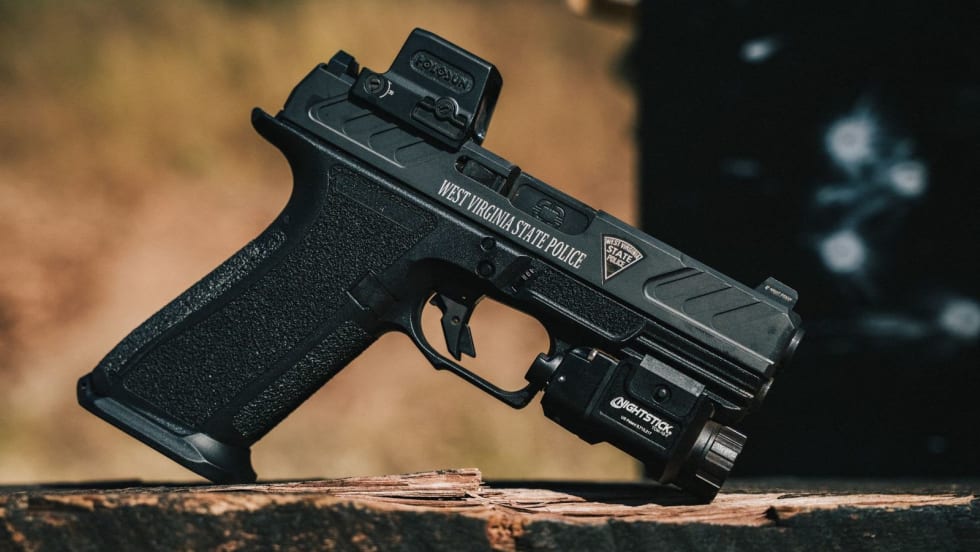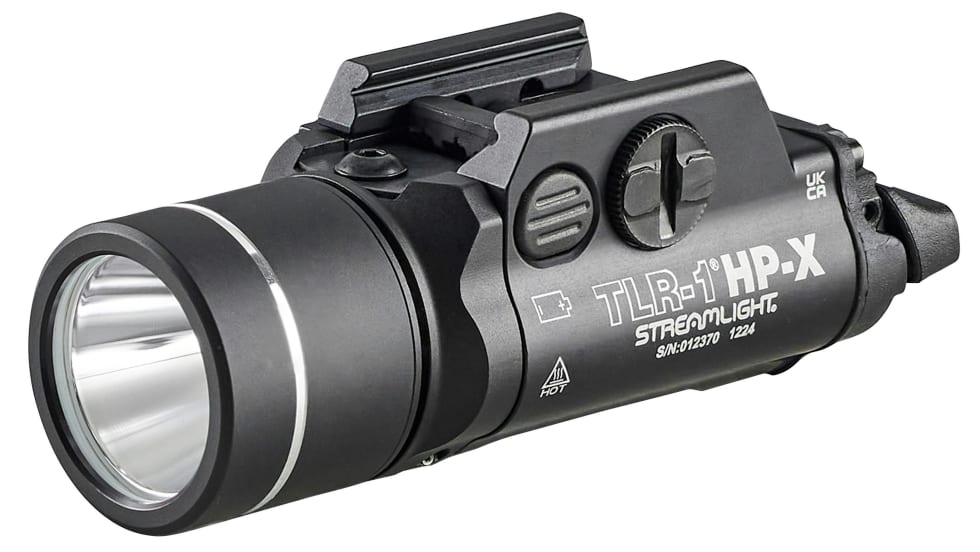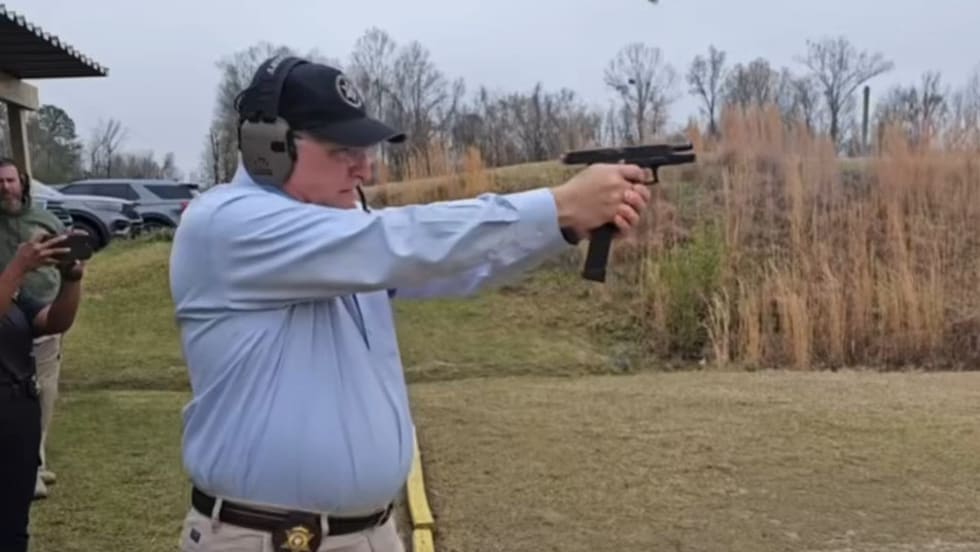As you progress through the components, you comprehensively cover virtually all aspects of your defensive tactics program: stance and footwork, striking techniques, takedowns, ground control, control holds, joint manipulations, other force option weapons, and handcuffing. This provides an excellent opportunity for you to review and enhance these skill sets.
Developing proficiency in manipulative skills such as defensive tactics and firearms requires proper instruction and sufficient repetition. The true test of those skills comes when you are under stress, both physical and mental. In the POINT training method, the utilization of safety equipment for unrehearsed attacks and applications of defensive techniques provides the requisite physical and mental stress. Training at this level instills confidence and cultivates the warrior mindset and spirit so critical to officer survival.
Nothing in the POINT method of training implies lack of training and development of specific techniques. Rather it is the prescription of those techniques we want to free ourselves from.
We need to teach specific techniques such as footwork, stances, striking techniques, control holds, joint manipulations, escape techniques, and takedowns. Most every academy's or agency's defensive tactics training program covers these sufficiently. However, when it comes to weapon retention, we need a training method that recognizes and addresses the dynamic, uncertain, and changing nature of combat; a method that allows us to utilize the skills we've trained in but gives us the tactical mindset to most effectively use those skills.
Weapon retention training should be viewed comprehensively. Whether an aggressor is trying to take your handgun from your holster, hand, or shoulder holster, or your impact weapon or electronic control device, your reaction should be the same: Protect, Orient, Initiate, Neutralize, and Threat Assess. Since the POINT method of training doesn't mandate specific techniques to accomplish each component, it is flexible and adaptable to retention training of other weapons and is a valuable addition to any defensive tactics training program.










